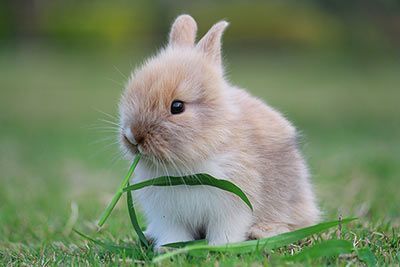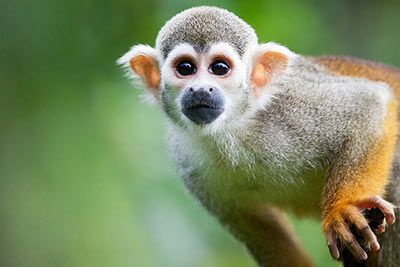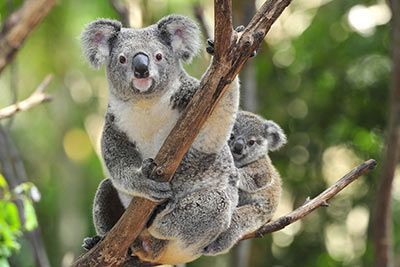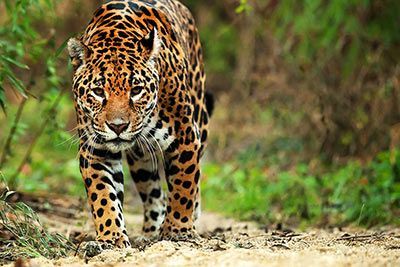European Hare
European Hare Facts
| Size | 19-29.5 in (48-75 cm) (body); 2.7-5 in (7-13 cm) (tail) |
| Speed | 43 mph (70 km/h) (short distances) |
| Weight | 5.5-15.4 lb (2.5-7 kg) |
| Lifespan | Up to 12 years |
| Food | Grass, herbs, grain |
| Predators | Foxes, snakes, birds of prey |
| Habitat | Europe, Asia |
| Order | Lagomorpha |
| Family | Leporidae |
| Genus | Lepus |
| Scientific name | Lepus europaeus |
| Characteristics | Long hind legs and ears |
Main Characteristics
The European hare is one of the largest rabbits worldwide. It is a twilight-active and nocturnal animal, but also diurnal in springtime. They have triangular black fur markings at the tips of their long ears.

Anatomy and Appearance
Big-Footed European Hare
The hind legs of European hares are extremely strong and can be up to 5.5-6.2 inch (14-16 cm) long. This would be similar to an adult human being with feet measuring 15.7-23.6 inch (40-60 cm).

Senses and Abilities
How Fast Is the European Hare?
The European hare does not have sharp claws or teeth it could use to defend itself against foxes or birds of prey. It can only try to make an escape – the faster the better, of course. But before starting to run the hare lies down flat on the ground when in danger. Perhaps the enemy might miss it then? Only at the last second, the hare makes a dash – at impressive 43.4 mph (70 km/h)!

Behavior
Why Do European Hare Fight Each Other?
If you are lucky you can watch European hares staging boxing matches in springtime. For this they stand on their hind legs and hit each other with their front paws. As if they would compete in a boxing ring.
But there is no referee and the animals often end up with bleeding scratches. In the past, people thought two males would fight for a lady hare, but the fights actually involve one male and one female hare. If the male hare wins and also beats the lady in a foot race, she accepts the male hare as a mating partner.
Enemies and Threats
Is the European Hare Endangered?
In Germany, the European hare is already listed as a vulnerable species. In Brandenburg and Saxony-Anhalt it is even listed as cricitally endangered. The main reason is that grain fields take up more and more space and thus reduce the living environment of the hare. If you consider Europe as a whole, the hare is not yet endangered.

Fun Facts
The European Hare is Featured on a Famous Painting
In the year 1502, the famous German painter Albrecht Dürer created a watercolor of a European hare. It is one of his most popular works of art.
The European Hare Is Related To:
- African Savanna Hare
- Black-Tailed Jackrabbit
- Mountain Hare
- Scrub Hare
- Snowshoe Hare
- White-Tailed Jackrabbit




















